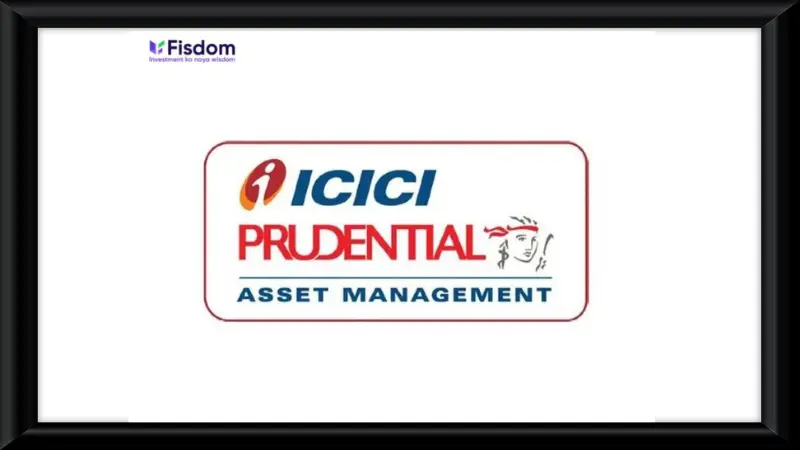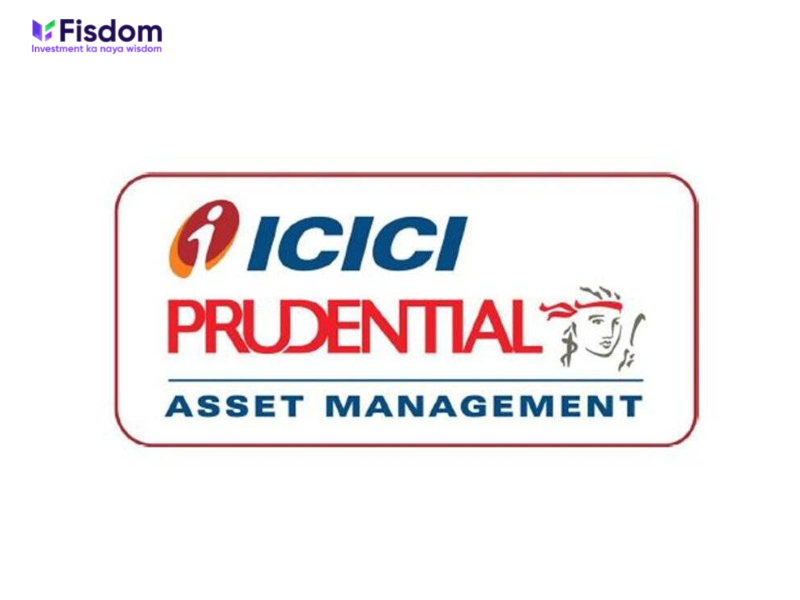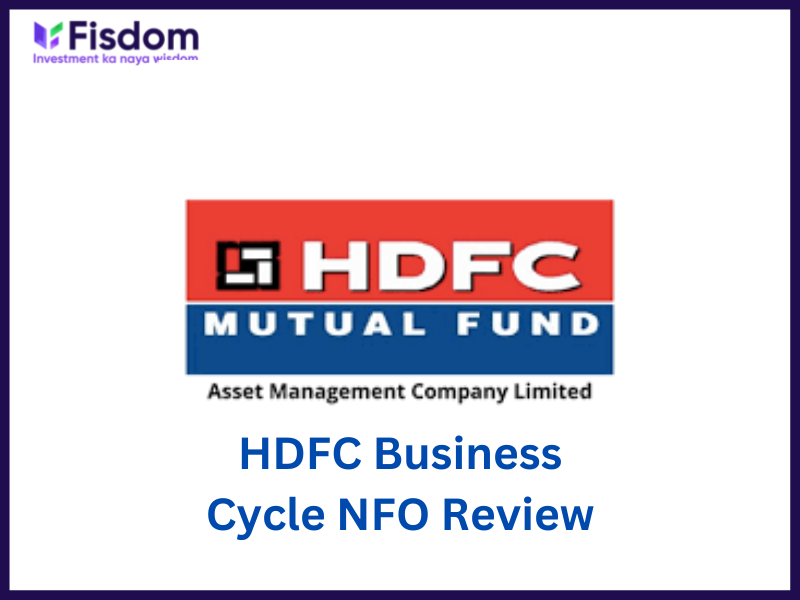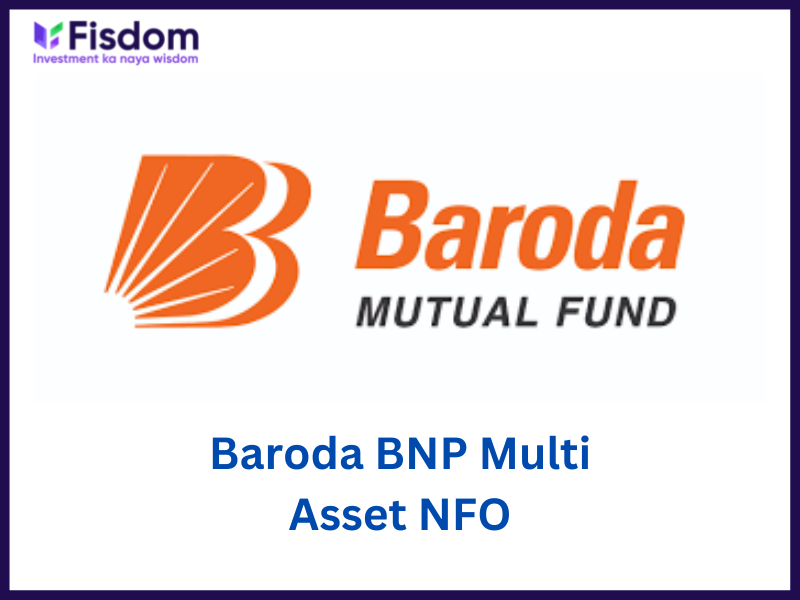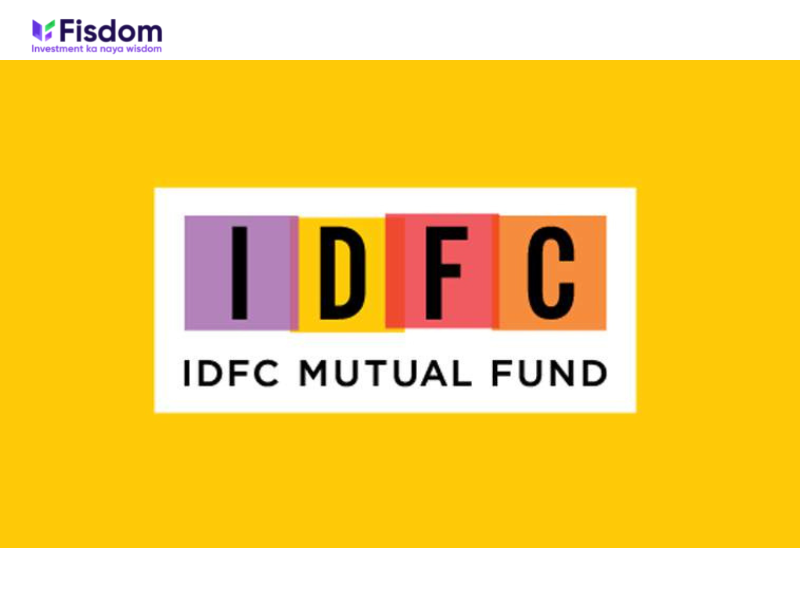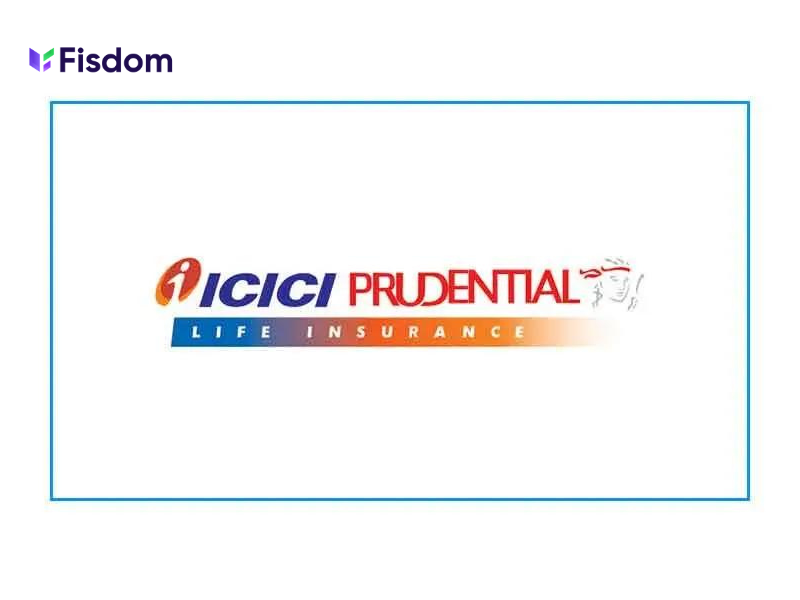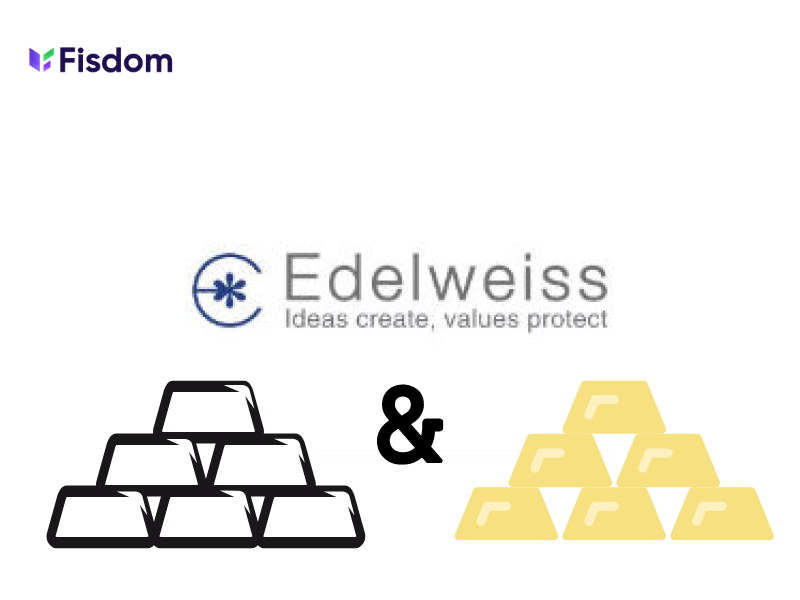
ICICI Prudential Mutual Fund announced the launch of ICICI Pru Nifty Bank Index Fund NFO. Being a passive index fund, this open-ended scheme will replicate the Nifty Bank Index. It will provide investors with exposure to 12 of the most liquid and well-capitalized stocks belonging to the banking sector. Some of the top banks that investors can gain exposure to through this fund will be HDFC Bank, ICICI, Kotak Mahindra, Axis bank, SBI, etc. The NFO is currently open for subscription and will close on February 24.
Investment objective of the fund
ICICI Pru Nifty Bank Index fund NFO’s objective is to invest in companies whose stocks are part of the Nifty Bank Index. The fund will aim to achieve returns commensurate to the above index, subject to tracking errors. It will primarily invest in stocks that form part of the Nifty Bank Index in the same weight-age as in the index. The fund will be passively managed.
Why should you apply for the NFO?
Rising banking sector: Since India is a young and growing country, there is expected to be a significant rise in the working population over the next few decades, and this will give rise to a need for more banking services. With an investment in this index fund, investors can make the most of the expected growth in the banking sector over the next few years.
Low cost: As this NFO will be passively managed, it will provide investors with the benefit of lower expense ratio as compared to other actively managed funds. This can result in higher profits in the hands of investors.
Nifty Bank index performance: This index has outperformed the Nifty 50 TRI and Nifty 500 TRI in the past 15 years. Since the fund follows this index, there is a high probability of positive returns for investors.
Easy investment process: Investors can easily invest in this NFO using the Fisdom app by following a seamless KYC process. This is especially beneficial for new investors who do not want to invest in individual bank stocks due to lack of stock market knowledge.
Comparative historical performance of Nifty bank index: In the table below, investors can look at the historical performance of Nifty bank index against other benchmark indexes:
| Nifty Bank | Nifty 50 | Nifty 500 | |
| 2019 | 18.9% | 13.5% | 9.0% |
| 2018 | 6.7% | 4.6% | -2.1% |
| 2017 | 41.5% | 30.3% | 37.8% |
| 2016 | 8.5% | 4.4% | 5.1% |
| 2014 | 66.2% | 32.9% | 39.3% |
| 2012 | 58.1% | 29.3% | 33.3% |
Source: NFO document
Fund details
| Scheme name | NFO details for ICICI Pru Nifty Bank Index Fund |
| Type of Scheme | An open-ended index scheme replicating or tracking the performance and composition of Nifty Bank Index. |
| Category of the scheme | Index fund |
| Benchmark | Nifty Bank Index TRI |
| Plan options | Regular Plan Direct Plan Both plans will have growth and IDCW options. |
| Fund Manager | Kayzad EghlimNishit Patel |
| Exit Load | NIL |
| Minimum Investment | Rs. 5,000 and any amount thereafter during NFO SIP – daily, weekly, fortnightly, monthlyQuarterly SIP – Rs. 5,000 and in multiples of Re. 1 thereafterAdditional purchase of Rs. 5,000 and any amount thereafter |
| Expense Ratio | Unknown |
| NFO Period | 10 Feb 2022 – 24 Feb 2022 |
Where can you invest in the NFO?
Head over to the Fisdom App to invest in this NFO.
FAQs
NFO (New Fund Offer) is launched by the Asset Management Companies (AMCs) to generate funds for launching a new mutual fund. These funds are then pooled to buy the shares or other securities as per the fund’s mandate or the guidelines based on which the fund is launched. NFOs are like IPOs where all the relevant details of the funds are provided at the time of their launch and the units of the fund are usually set at Rs. 10 per unit for a subscription. SEBI guidelines allow the NFOs to be active for a maximum period of 30 days following which the units of the fund are traded based on their daily NAV.
NFOs, at the time of their launch, are launched in two categories namely close-ended funds and open-ended funds. The details of each type of fund are mentioned below.
Open-ended funds
The majority of mutual funds are launched as open-ended funds. Investors can subscribe to the fund at the nominal rate (usually Rs. 10 per unit) during the NFO period. After the NFO period, when the units are traded based on the daily NAV, the investors stand to gain huge capital gains depending on the performance of the fund.
Close-ended funds
Close-ended funds, on the other hand, do not allow the investors to subscribe to the fund after the NFO period is closed.
Investing in NFOs is a very good opportunity to maximize the returns as the units can be subscribed at nominal rates and the returns are potentially higher based on the prevailing NAV at the time of redemption. However, there are several points that need to be considered while subscribing to an NFO. Some of such points are highlighted below.
a)Track record of the AMC
NFOs are offered for the new mutual fund so no proven track record can be reviewed by investors to make an informed investment decision. The investors have to therefore rely on the reputation of the AMC and other details mentioned in the NFO to make an investment decision.
b)Expense ratio (if mentioned)
NFOs need a good amount of publicity to make the investors aware of the fund and the investment opportunity. It is therefore essential for the investors to check the expense ratio of the fund and ensure that it does not outweigh the net gains.
c)Check if the fund is in correlation to the existing portfolio
Recently there have been many NFOs in the market that investors can choose from. However, while selecting the fund the investors must check if the fund is not similar to an existing fund in their portfolio. For example, if the fund is a large-cap fund and the investor already has one or two similar funds in their portfolio, investing in another will not add much value to the net returns or the diversification of the portfolio. On the other hand, many NFOs can be sector-specific or country-specific. In such a case, investors have to check if the fund is in line with other factors like their risk-return profile and investment goals.
d)Review the SID carefully
Reviewing the SID (Scheme Information Document) is a crucial step that should not be missed by investors while investing in NFOs. It contains all the relevant information about the fund managers, their qualifications, and experience which is crucial for the funds’ performance. Other relevant information includes the investment profile of the fund, target sectors or securities, benchmark index, asset allocation ratio, etc. This helps the investors understand the returns expectation of the fund as well as the target investments where the fund will invest the pooled funds. Investors having a risk-return profile in line with that of the fund can thus invest in such funds.
Investment in NFOs can be done through two main routes i.e., the online or offline modes. The details of the same are mentioned below.
a)Online mode
The online mode of investment is suitable for investors already having a Demat account and a trading account. Investors can simply select the NFO and invest by selecting the number of units to invest and paying for the same through online payment modes available on the platform.
b)Offline mode
The offline mode of investment in NFOs is through registered brokers and distributors. Investors can contact their brokers and distributors providing them with the details of the amount to be invested and they can invest in the selected NFOs on their behalf. Investors can make hassle-free investments through such modes as all the necessary forms to be filled and the formalities to be met are looked after by these entities giving investors the benefit of ease of investment. The charges for such services are nominal when compared to the potentially high returns.














